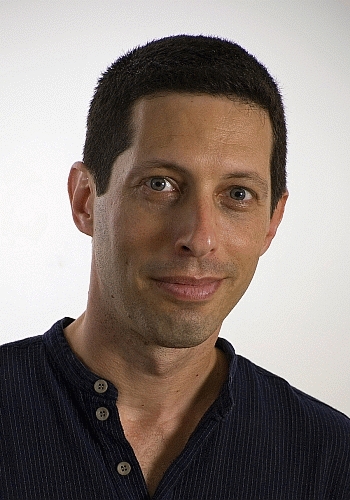Was it Worth It? Measuring the Success of an Agility Project in Business Terms

Transforming a company that is working in “”traditional”” methodologies to “”Agile”” is expensive: management attention, overcoming change resistance, cost of consultants and time spent on re-education and training. Is it worth it? Measuring success in business terms is hard but may be crucial in management buy-in into executing an Agility project.
How will it improve the bottom lines? Can we expect more lines of code to be written by less developers? Can the success of an Agility project be somehow quantified?
This session looks at statistics gathered in my company – R&D, QA, Support, HR and Sales have all contributed their KPI graphs – to try and answer this question. I’ll be presenting some enlightening graphs of before and after a major Agility project that covered many aspects of the company operations. Trying to explain the change both in qualitative AND in quantitative measures. Hopefully, making a clear business case for going Agile.
1. Executive motivations in an Agility project
2. Short overview of the Agile path taken in Videobet/Playtech
3. Looking at statistics gathered in R&D, QA, Support, HR and Sales
4. Making the business case for Agility
Learning Outcome
a. Serve as an example for an executive level Agility project retrospective.
b. Can be used as a tool in management buy-in for a company-wide Agility project.
BIO: Ethan Ram is the chief architect of Videobet, the Tallinn division of Playtech, developing one of the most advanced gaming platforms in the gaming market. Among his recent project he has led the Agile transformation of Videobet development and operations groups to work in Scrum. The project started late last year and is now past its climax. Before Videobet Ethan was working as the R&D manager of a web-based gaming startup where he transformed the development group to work in Kanban with Continuous Deployment environment.